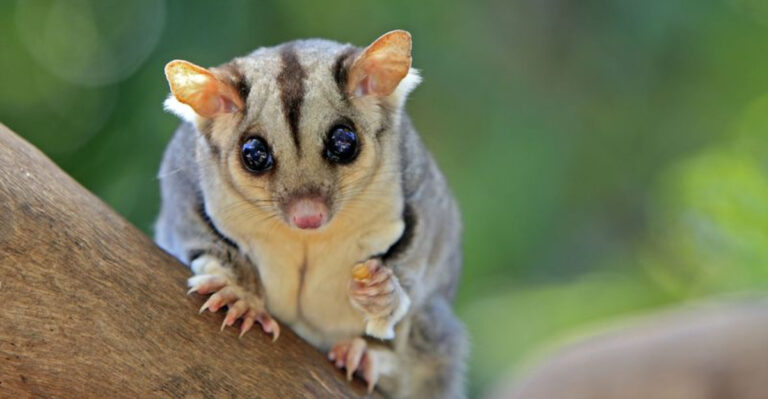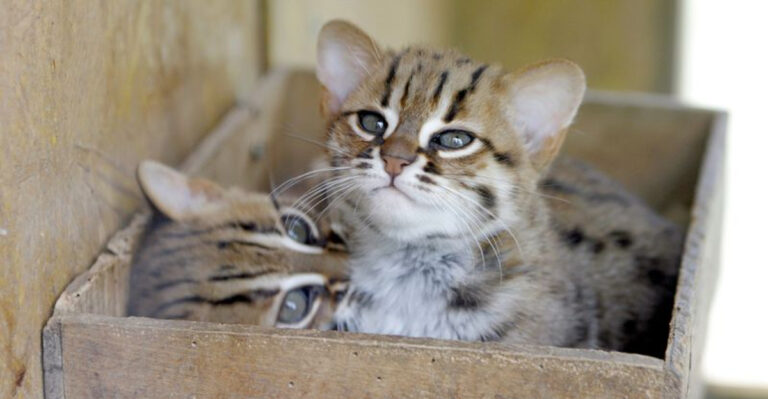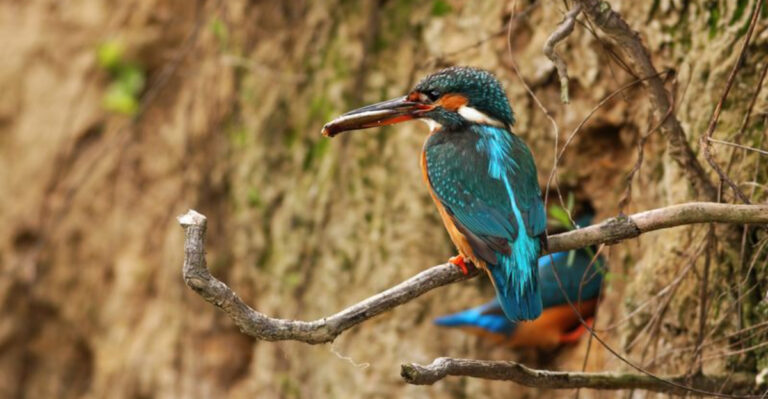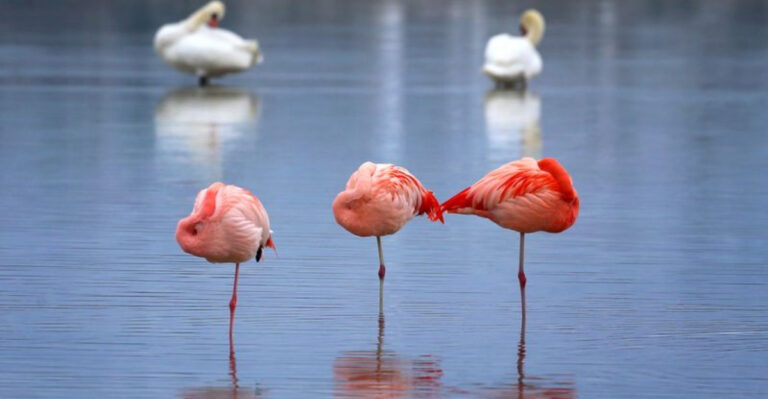Reasons Why Kangaroos Use Their Tails For Balance
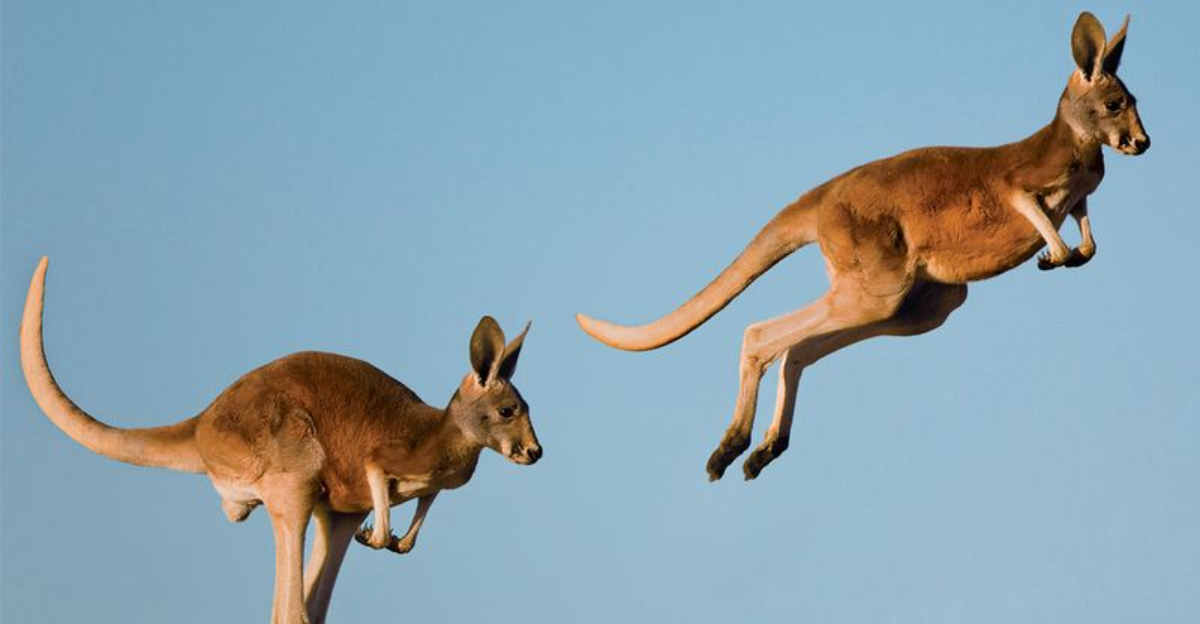
Ever wondered why kangaroos seem to have mastered the art of balance? Their tails are more than just a quirky feature.
These marsupials have evolved to use their tails in fascinating ways, allowing them to balance like pros. Imagine having a built-in balancing beam that helps you hop and jump effortlessly!
Let’s uncover eleven surprising reasons why kangaroo tails are the unsung heroes of their graceful movements.
1. The Stabilizing Pole
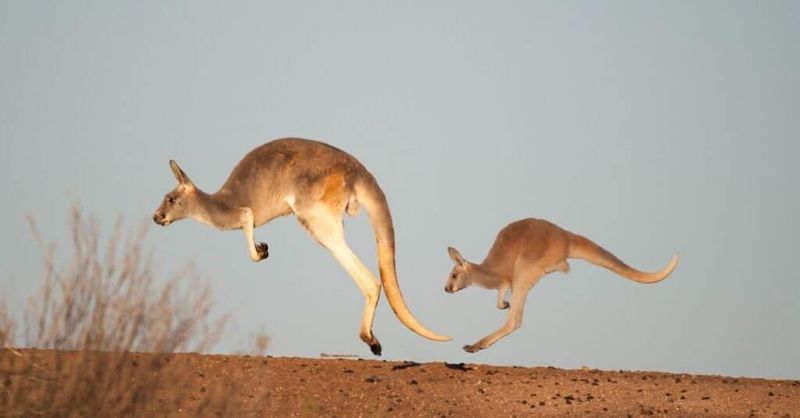
Picture a kangaroo in mid-air, tail stretched behind like a tightrope walker’s pole. That long, muscular tail acts as a counterbalance, stabilizing the kangaroo as it hops and leaps across the rugged terrain.
In one bound, it covers impressive distances, and the tail’s weight and strength ensure it lands gracefully each time. Without this natural stabilizing tool, kangaroos might stumble, especially when navigating uneven ground.
Their tails are like their personal balance assistants, always on call. It’s an incredible adaptation that lets them move efficiently and avoid predators with agility.
2. Third Leg Support
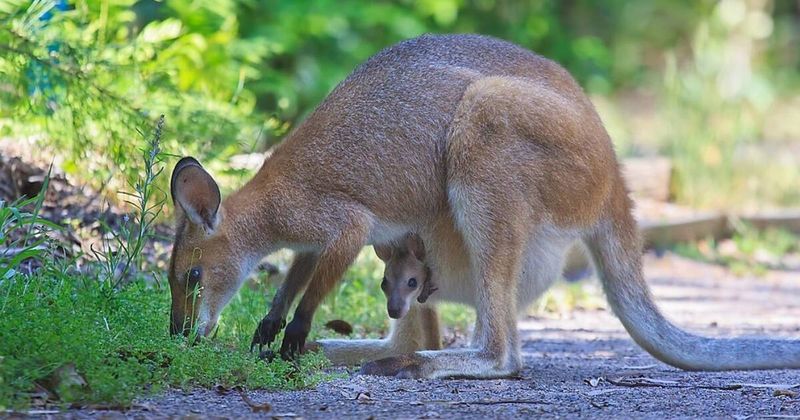
Imagine a tail so strong it acts as a third leg! When kangaroos need to rest, they lean back, balancing on their tails. This frees up their front legs, allowing them to graze or groom without toppling over.
Their tails are robust, muscular, and can handle their weight with ease. This unique trait is like having a built-in stool wherever they go. It’s not just about balance; it’s about comfort and versatility in their daily lives.
Even when lazing around, a kangaroo’s tail is doing the hard work, supporting them like a trusty tripod.
3. Directional Control
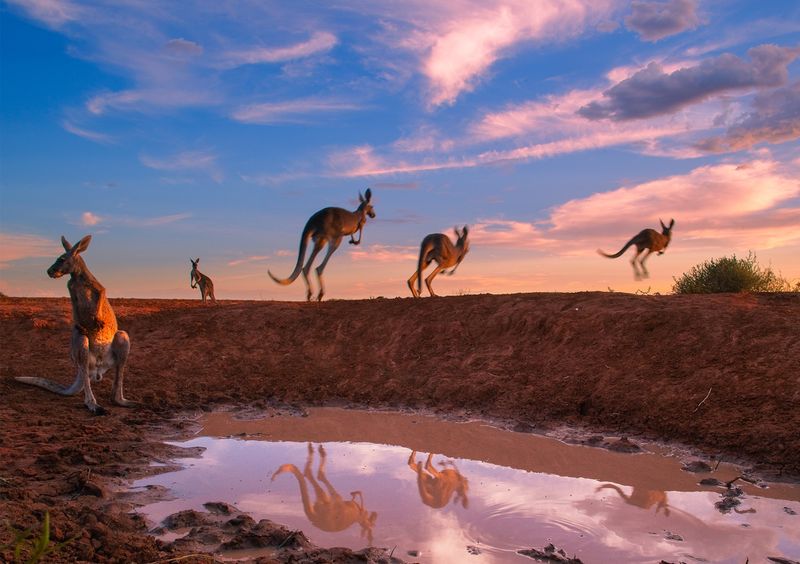
Ever seen a kangaroo make a swift turn in mid-air? Their tails are the secret behind such agility. Acting like a rudder, a kangaroo’s tail helps steer and control direction during jumps, making sharp turns look effortless.
By shifting their tail to one side, they alter their trajectory, avoiding obstacles with ease. It’s an aerial dance of balance and precision, orchestrated by this marvelous appendage.
This ability to change direction quickly is crucial for escaping predators and navigating the varied Australian landscape.
4. Energy Conservation
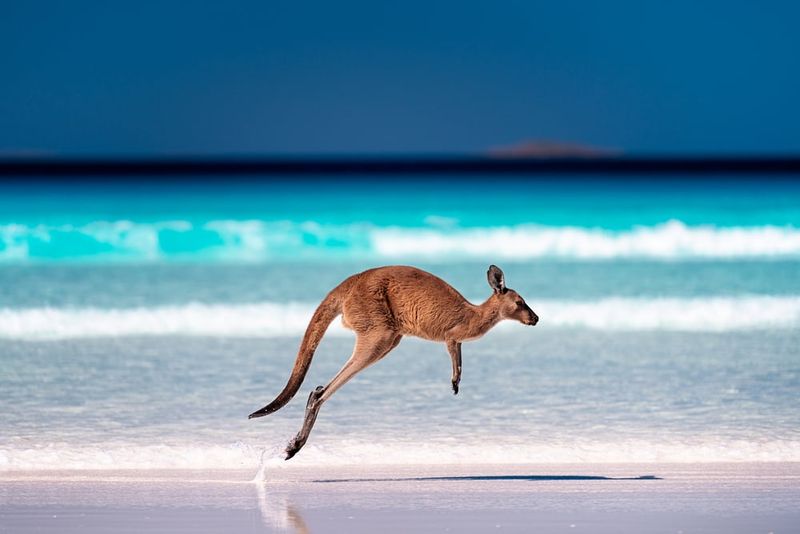
Kangaroo tails are not just mere appendages; they play a key role in energy conservation.
Acting as a pendulum, the tail helps store and release energy, reducing the effort needed for each hop. This efficient energy usage allows kangaroos to travel long distances without tiring quickly.
In the harsh Australian climate, conserving energy is vital for survival. The tail acts like a spring, recycling kinetic energy with each bound.
This natural efficiency marvel lets kangaroos thrive in environments where resources might be scarce.
5. Communication Tool
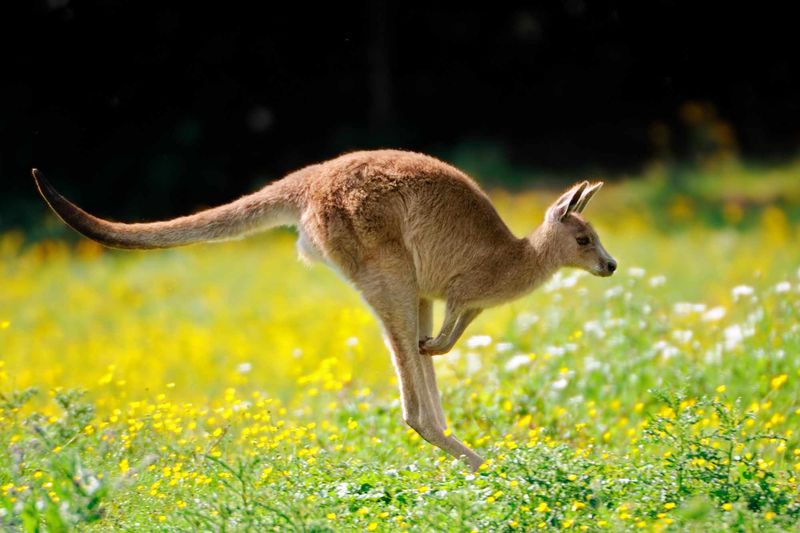
Kangaroos have a unique way of communicating, and their tails play a part! When interacting with others, they use their tails to signal intentions or emotions. A quick flick or a firm stance might indicate mood or alertness.
This form of non-verbal communication is vital in social groups, helping avoid conflicts or misunderstandings. It’s like a secret language spoken through tail movements!
Their tails, therefore, are not just physical aids but social tools, enhancing interactions within the group.
6. Defensive Mechanism
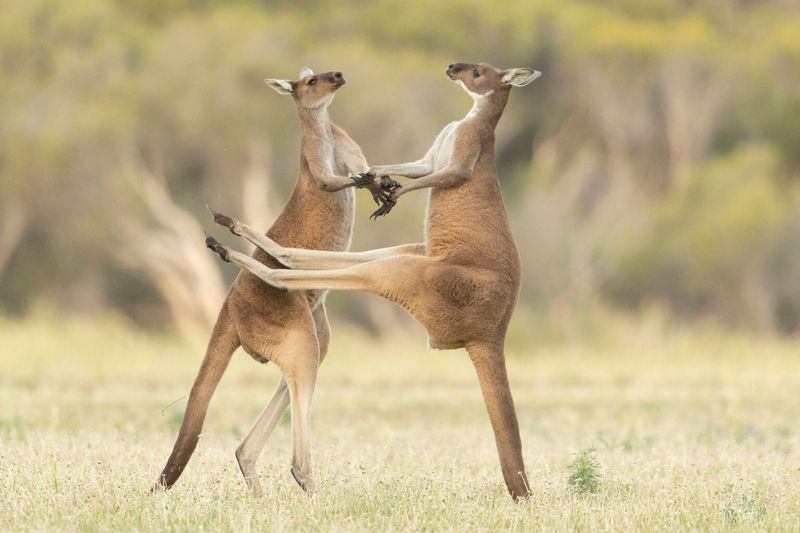
You might be surprised to know that kangaroo tails also serve as a defensive weapon. When threatened, a kangaroo can balance on its tail to unleash powerful kicks with its hind legs.
These kicks are strong enough to deter predators or rivals, showcasing the tail’s pivotal role in combat. This defensive stance is a testament to the tail’s multifaceted utility, going beyond balance and into protection.
It’s a remarkable display of nature’s ingenuity, where balance aids in survival through defense.
7. Locomotion Efficiency
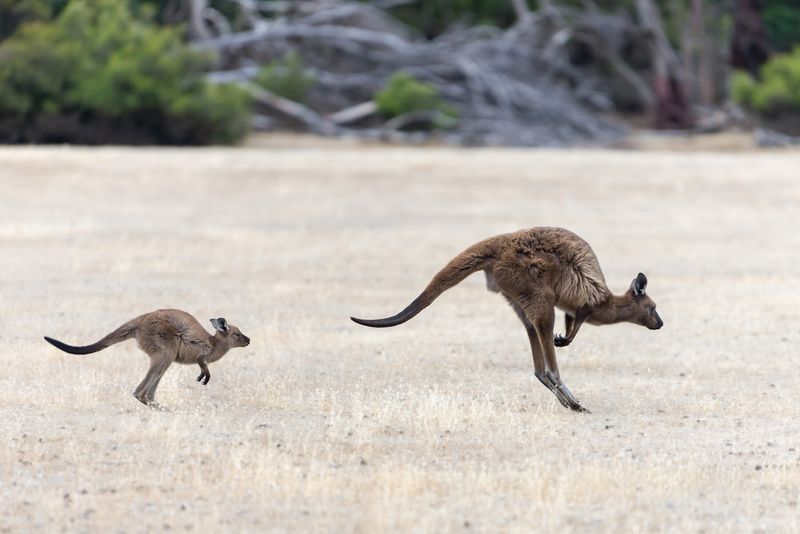
Kangaroo tails are instrumental in enhancing their hopping efficiency. By providing balance and momentum, the tail ensures that each hop is powerful and well-coordinated, minimizing energy wastage.
It’s akin to a perfectly tuned machine, where every part works in harmony. This efficiency allows them to cover vast distances, foraging or fleeing with minimal effort.
Their tails are nature’s perfect engineering marvel, fine-tuning their movement and making them one of the animal kingdom’s most efficient movers.
8. Posture Correction
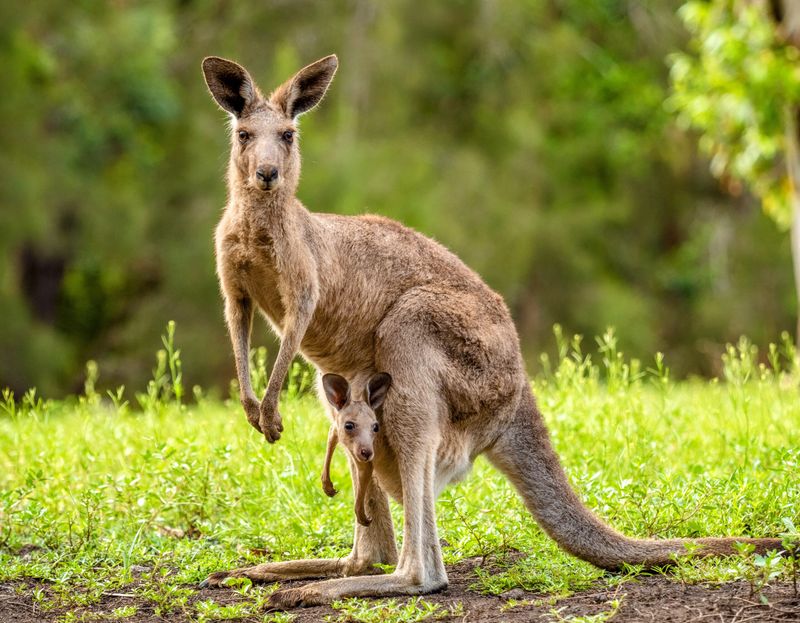
Kangaroos rely on their tails to maintain proper posture, especially when standing upright. Their tails act as a support beam, allowing them to stand tall and steady. This is crucial when scanning the environment for threats or during social interactions.
The tail’s contribution to posture is a subtle yet vital part of their anatomy, ensuring they remain balanced and poised.
It’s like having a built-in back support, providing stability and confidence in their stance.
9. Temperature Regulation
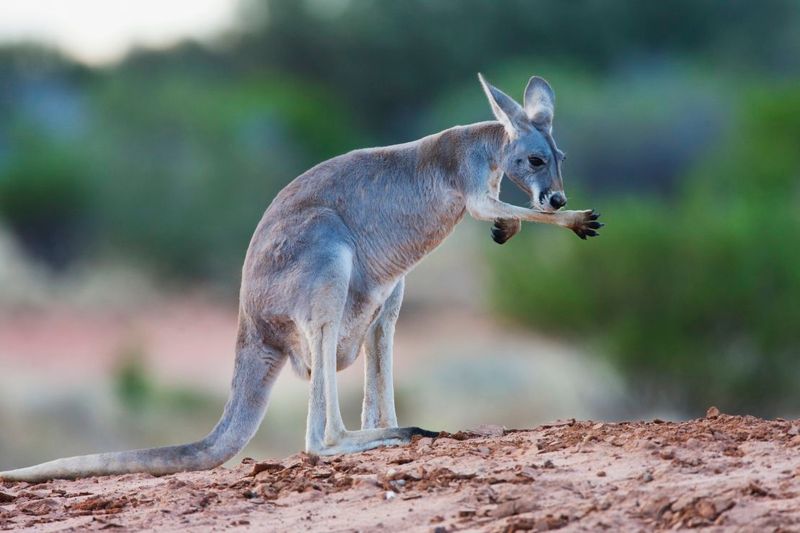
In the scorching Australian heat, kangaroo tails serve an unusual purpose – temperature regulation. By resting their tails on the cool ground, kangaroos can dissipate heat, helping regulate body temperature.
This behavior is particularly important in the midday sun, allowing them to cool off without expending extra energy.
Their tails become natural heat sinks, a clever adaptation that complements their survival in harsh climates.
10. Enhancing Social Bonds
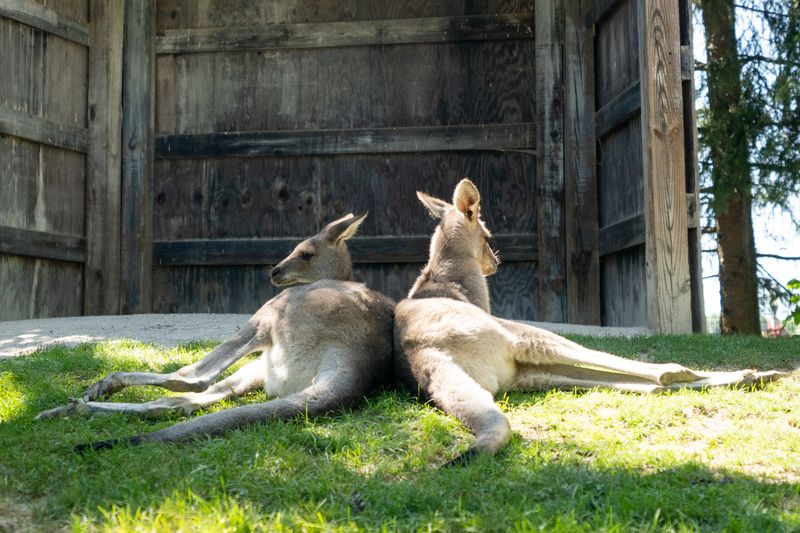
Kangaroo tails are more than just functional appendages; they play a role in social bonding. In groups, kangaroos often touch tails, a gesture that fosters connection and camaraderie.
This touching of tails can be a form of reassurance or friendship, strengthening social ties. It’s like a handshake or a hug in the animal kingdom, subtle yet meaningful.
Their tails thus contribute to the emotional fabric of kangaroo society, enhancing interactions and mutual support.
11. Aesthetic Appeal
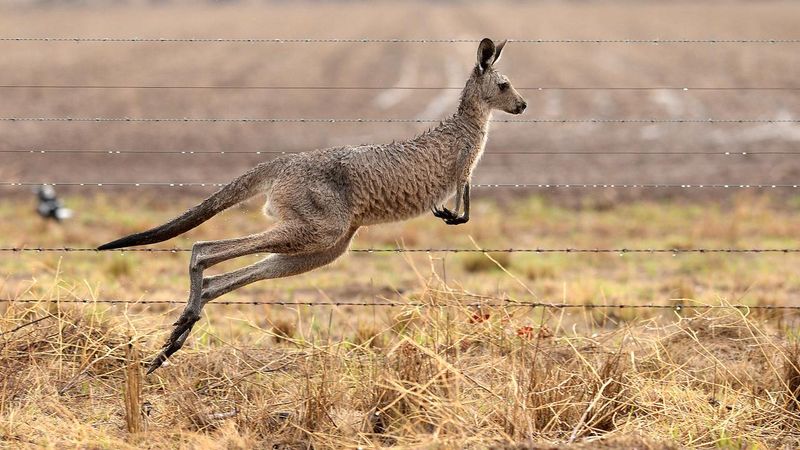
Let’s not forget the aesthetic charm of a kangaroo’s tail. Its elegant sweep adds grace and symmetry to their silhouette, making them one of nature’s most iconic figures.
This visual appeal is more than just vanity; it’s part of their identity. When you think of a kangaroo, the tail is as defining as its ears or pouch.
Their tails complete the picture, a graceful touch that embodies the essence of these remarkable marsupials.

